Crime Time
Crime Time
Twenty True Tales of Murder, Madness, and Mayhem
J. North Conway


An imprint of The Rowman & Littlefield Publishing Group, Inc.
4501 Forbes Blvd., Ste. 200
Lanham, MD 20706
www.rowman.com
Distributed by NATIONAL BOOK NETWORK
Copyright 2021 by J. North Conway
All rights reserved. No part of this book may be reproduced in any form or by any electronic or mechanical means, including information storage and retrieval systems, without written permission from the publisher, except by a reviewer who may quote passages in a review.
British Library Cataloguing in Publication Information available
Library of Congress Cataloging-in-Publication Data
Names: Conway, J. North (Jack North), author.
Title: Crime time : twenty true tales of murder, madness, and mayhem / Jack Conway.
Description: Guilford, Connecticut : Lyons Press, [2021] | Includes bibliographical references and index. | Summary: CRIME TIME is a collection of 20 riveting, page-turning historic true crime stories from 1724 to 1913 covering a host of monstrous American and English criminals, their crimes, and their punishmentProvided by publisher.
Identifiers: LCCN 2020055134 (print) | LCCN 2020055135 (ebook) | ISBN 9781493052882 (hardcover ; alk. paper) | ISBN 9781493052899 (epub)
Subjects: LCSH: CriminalsCase studies. | CrimeCase studies. | MurderCase studies.
Classification: LCC HV6245 .C65 2021 (print) | LCC HV6245 (ebook) | DDC 364.152/3092241dc23
LC record available at https://lccn.loc.gov/2020055134
LC ebook record available at https://lccn.loc.gov/2020055135
ISBN 978-1-4930-5288-2 (cloth: alk. paper)
ISBN 978-1-4930-5289-9 (electronic)
 The paper used in this publication meets the minimum requirements of American National Standard for Information SciencesPermanence of Paper for Printed Library Materials, ANSI/NISO Z39.481992.
The paper used in this publication meets the minimum requirements of American National Standard for Information SciencesPermanence of Paper for Printed Library Materials, ANSI/NISO Z39.481992.
Though it abide a year, or two, or three,
Murder will out, this is my conclusion
Geoffrey Chaucer , The Prioresss Tale
The Canterbury Tales, 1387
Several of these stories originally appeared as
Meet The Queen of Thieves Marm Mandelbaum, New York Citys First Mob Boss, The Daily Beast, 2014.
The High Society Bank Robber of the 1800s, The Daily Beast, 2014.
The Bicycle Bandit, The Providence Journal, 2000.
Murder Will Out
An Introduction
This book is a compendium of riveting, page-turning historically true crime stories covering twenty monstrous American and English criminals, their crimes, and their punishments. The stories involve murder, mayhem, robbery, poisoning, kidnapping, and just about everything in between, committed in the name of madness, money, love, greed, and self-preservation.
It does not include stories of people as famous as Londons Jack the Ripper or Fall River, Massachusettss Lizzie Borden. To use a bad pun, their stories have been done to death. It includes other less-well-known criminalsmen, women, and children, whose gruesome tales have been obscured by the passage of time but whose crimes are no less heinous.
Crime is generally defined as an offense against public law. In 1911, English legal scholar William Blake Odgers defined crime as follows: A wrongful act of such a kind that the State deems it necessary, in the interests of the public, to repress it; for its repetition would be harmful to the community as a whole. If we are to adhere to Odgerss definition of crime, insomuch as we need to repress it in the desired hope of eradicating its repetition, then we must as well illuminate these lesser-known crimes to be better able to deal with their horrifying recurrence. If we remain ignorant of particular crimes and their historical significance, how can we ever hope to adequately address and deal with them as a society?
In each of these stories, the crime and criminals were found out through one means or anothermurder will out. That phrase was first reportedly stated in Geoffrey Chaucers The Canterbury Tales. It maintained the belief that murder was such a horrible thing that God would not allow it to be concealed for very long and that a person who commits a murder would be found out, often through their own unintended behavior.
Within these pages you will discover the story of the first bank robbery in America, as well as the largest one. You will find a young man who was hanged not because of any crimes he committed but because he embarrassed the authorities and they needed to make an example of him. You will discover young children and the mentally disabled who were hanged for their crimes, including petty theft, even the theft of a small basket of strawberries. You will discover physicians and nurses who, despite their oath to save lives, killed family, friends, and patients by poisoning them. You will discover ministers who resorted to murder to cover up the sexual abuses of the members of their congregations. You will discover a clan of thieves who terrorized communities for over sixty years. You will discover a Harvard University medical school professor who murdered to conceal his debts and a New York City man charged for a gruesome murder mimicking Jack the Ripper. You will read about a Jewish immigrant who rose to the top of the crime world and an Irish immigrant who tried to rise to be the matriarch of a family by savagely murdering the current wife. You will find well-to-do members of society who resorted to murder to escape their past and to improve their futures as well as a young man from a prominent family who robbed stores at gunpoint and eluded authorities by speeding away on a bicycle. You will read about Americas first recorded kidnapping for ransom as well as the ransom for the remains of a dead man. And you will discover a beautiful young woman criminal who decided to turn her life around but found that her past had caught up with her.
Crime stories must go hand in hand with punishment and in each of these stories, punishment was meted out, although, in some instances, not quite as fitting as one might have hoped for. In some cases, given the circumstances, the punishment led to dramatic changes in the process of the legal system, including opening up the debate in America over the death penalty, and legislating juvenile prosecution and kidnapping as a federal offense.
Chapter 1
Gentleman Jack
Jack Shepard, 1724
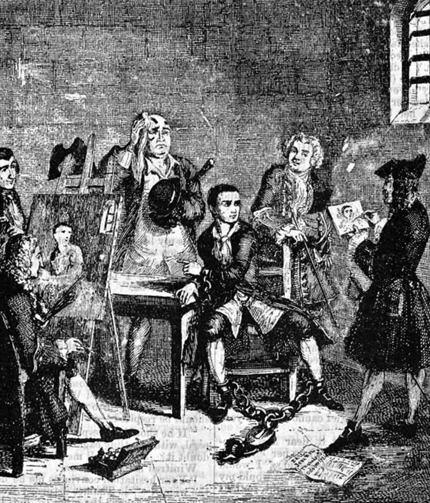
There was hardly a prison in 1724 London that could hold escape artist extraordinaire Jack Sheppard.
There wasnt a prison in London that eighteenth-century thief and highwayman Gentleman Jack Sheppard couldnt escape from, except onewhen he became the prisoner of love.
Jack Sheppard broke out of the second-floor cell at St. Giles jail in London by breaking through the wooden ceiling and lowering himself to the ground with a rope made from bedclothes. Sheppard was small and slight but amazingly strong. Although he was still wearing iron handcuffs and chains, he hid them and casually joined the posse that was busily pursuing the newly escaped prisonerhimself. He was able to distract the posse by pointing to the rooftop and proclaiming he could see the escaped prisoner. Not knowing they had been duped, the posse followed in pursuit and Sheppard escaped into the night.

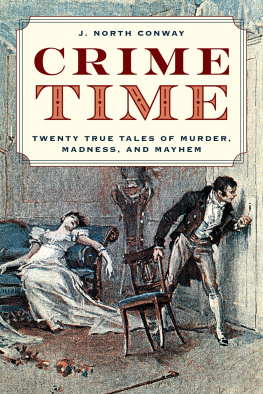



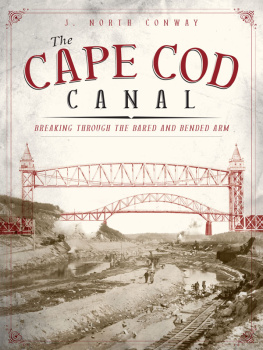


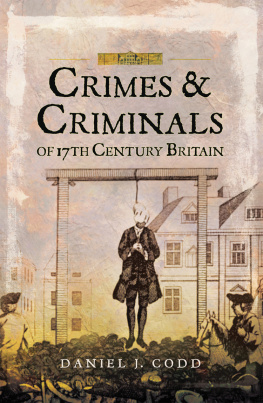

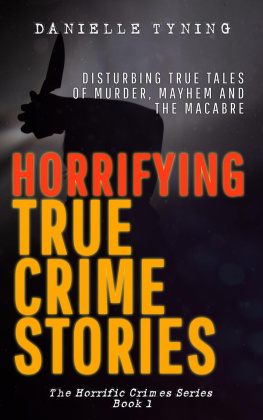
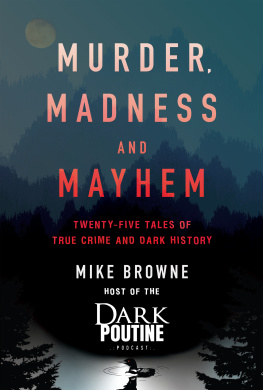
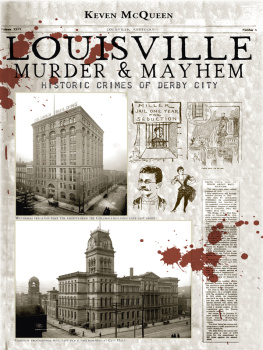

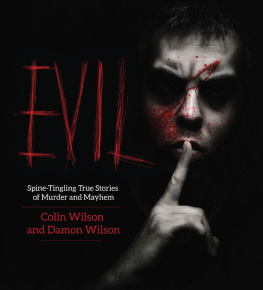

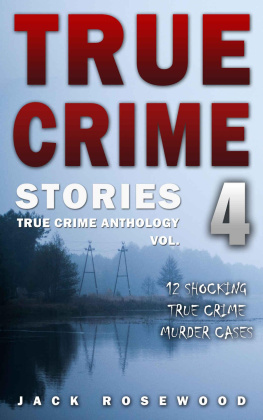





 The paper used in this publication meets the minimum requirements of American National Standard for Information SciencesPermanence of Paper for Printed Library Materials, ANSI/NISO Z39.481992.
The paper used in this publication meets the minimum requirements of American National Standard for Information SciencesPermanence of Paper for Printed Library Materials, ANSI/NISO Z39.481992.